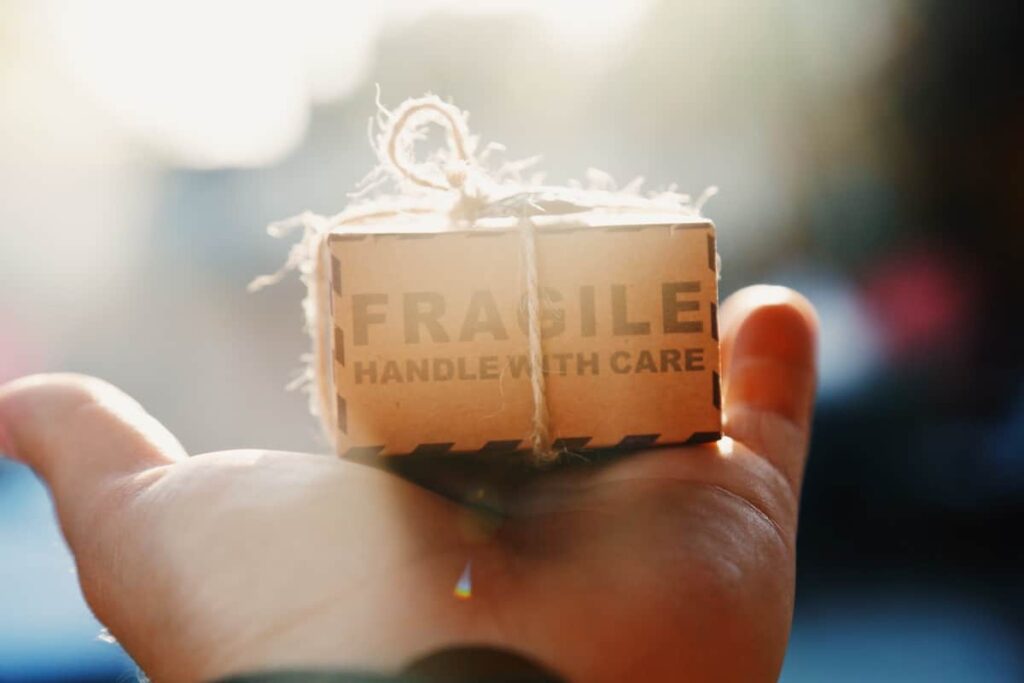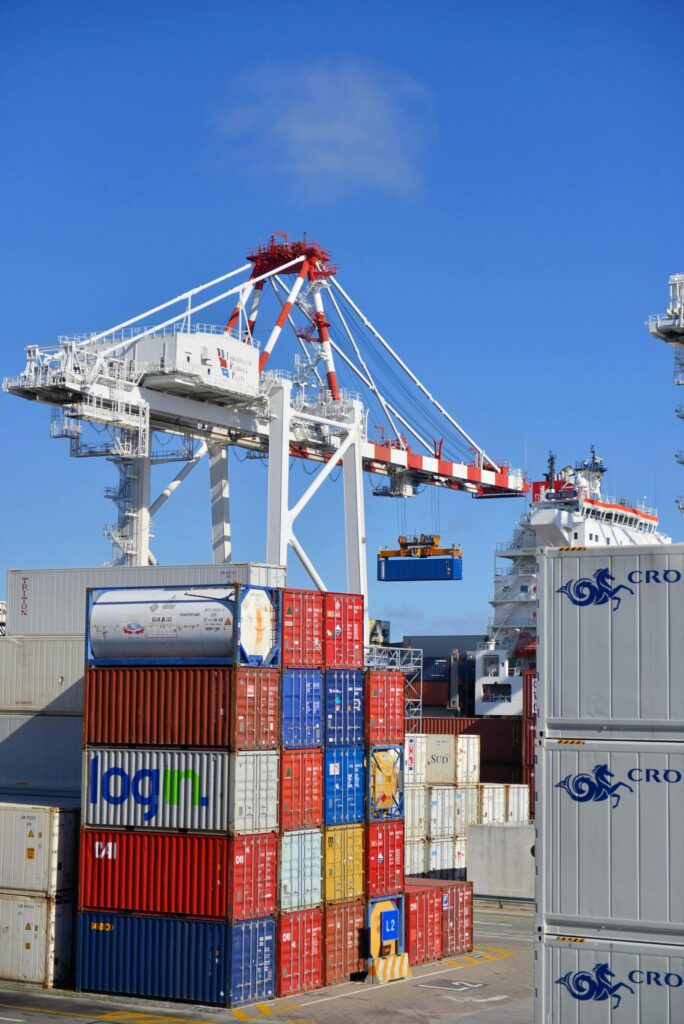At its core, last mile delivery is defined as the movement of goods from a place like a grocery store to the final delivery destination. More often than not, this final destination will be someone’s private residence – meaning you’re taking goods and other items from your store and are working hard to deliver it right to someone’s front door in the fastest and most efficient way that you can.
But in a larger sense, last mile delivery is also so much more than this. It’s a way to separate yourself from your competitors, build trust in your customers and offer them an experience they won’t be able to find anywhere else – all at the exact same time. If you execute a last mile delivery defined strategy carefully and thoughtfully, it can also act as a gateway into a bold new era of profitability for your organization, too.
What is Last Mile Delivery?
One of your customers decides that they need a few items for a party they’re having tonight, but they don’t have time to get to the store. That’s okay – because they can load up your store’s app and place their order right from the comfort of their smartphone.
They check for all necessary items, add everything to their shopping cart, check out and finally pay. They’re given a message: “your order will arrive at 3:00PM.”
Then, they sit back and wait.
That final part of the experience – the period between when an order is placed and when it finally arrives at their doorstep – is what the concept of last mile delivery is focused on. For many organizations, it’s also unfortunately the hardest part of the process to get right for a number of reasons.
Common Last Mile Delivery Challenges
By far, the most common last mile delivery challenges that organizations often face ultimately comes down to cost. How do you institute this type of program in a way that justifies its own existence from a financial perspective? Obviously, it will always be cheaper to have customers come into your store and pick up items themselves. But in a time when competition is this fierce, and when people lead busier lives than ever, this isn’t always as feasible or as effective as we’d hope it to be.
To speak to the subject of efficiency, last mile delivery’s biggest challenges can also be your biggest assets if the right strategy is implemented correctly. If deliveries take too long, customers will quickly start to lose interest in the program – thus lowering its return on investment and making it more likely that they will go running into the open arms of one of your competitors. Therefore, any opportunity for route improvement is one that should be capitalized on… IF you have a way to identify those opportunities quickly, that is.
Finally, meeting customer expectations is often one of the most significant challenges that comes with these types of programs. It isn’t enough to simply get products from “Point A” to “Point B” in one piece. Customers want them delivered how they want them delivered, which is a problem if your program lacks the flexibility and agility needed to accomplish that goal.
Customer Last Mile Expectations
Indeed, managing those fluid customer last mile expectations can be one of the biggest challenges of last mile delivery. It’d be impossible to define last mile delivery without considering the customer experience.
- The most important customer last mile expectation to address is and will always be on-time delivery. If you say that a customer’s order will be at their house in an hour, that customer will expect it to be there in an hour. Every minute after that makes it more likely that they won’t just negatively reflect on your delivery program, but your brand as well.
- People don’t want to be kept guessing. They want transparency in the last mile delivery process and any solution you use should enable that.
- Last but not least we have the idea of secure and safe delivery. People need to be confident in the fact that, when they place an order, their items will be protected and they can trust that everything will arrive fully intact.


